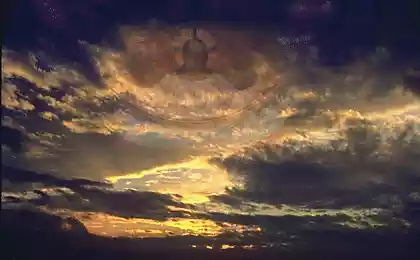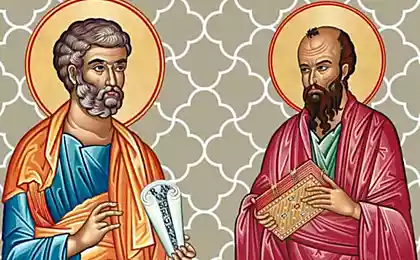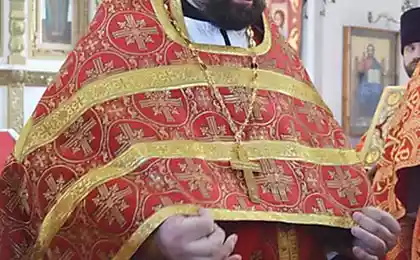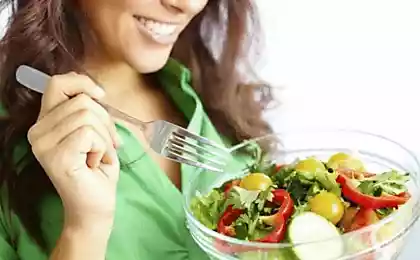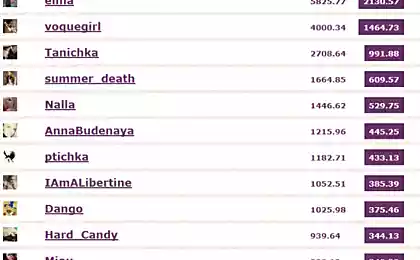2204
Post entirely devoted to the blast furnaces.
I bring to your attention a post entirely devoted to blast furnaces.
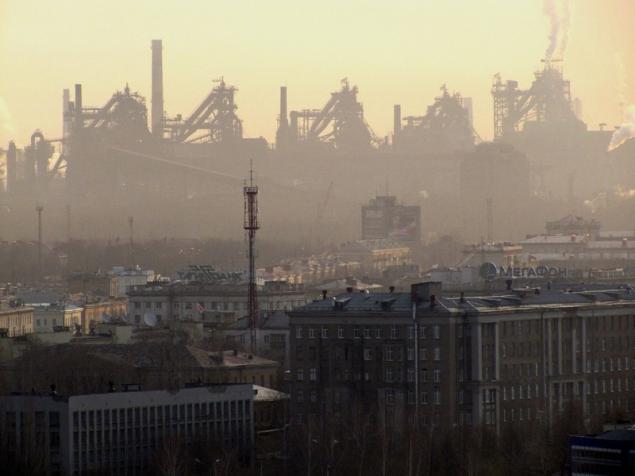
Actually blast furnace without any additional elements such as pipes looks like this:
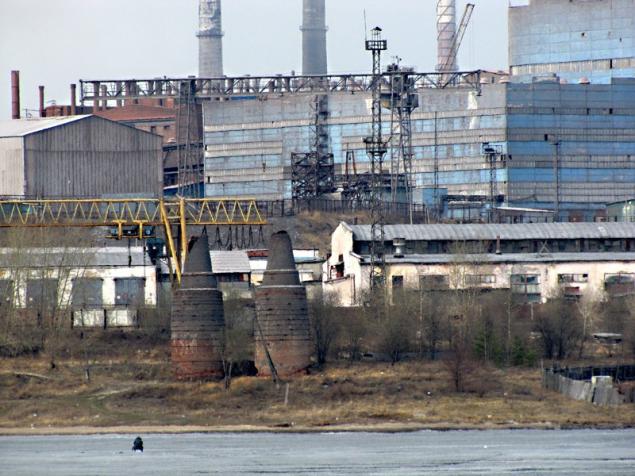
(Two abandoned furnace next to the aluminum plant in Krasnoturinsk)
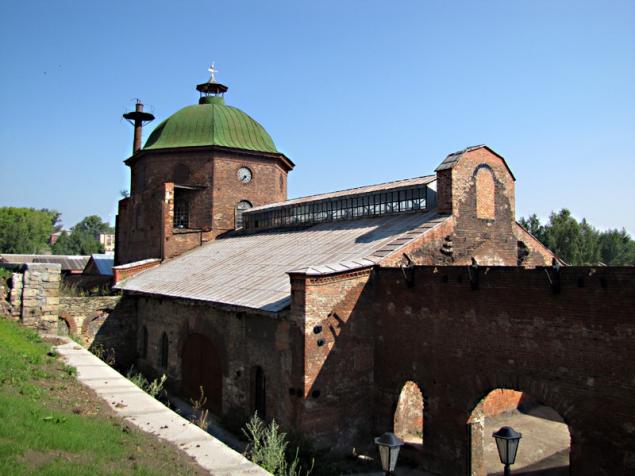
In fact, this pipe, as they say on Wikipedia - up to 35 meters, although the impressions they are much higher. They are used for the production of pig iron and ferro-alloys, and if the ore is highly rich - then for the final enrichment. Their method is simple: go to sleep on top of the charge (mixture of ore, coke and limestone), the hot gas is pumped from the bottom - in a blast furnace temperature reaches 2000 degrees. Continuous process of its work: to raskochegarit blast furnace mid-twentieth century (the heyday of these structures) is required to several months, and if you stop it in the process - in the image of "goat" unsuitable solid mass, which is also almost impossible to remove. Name - oddly enough, Russian: "dmene" - "blast". In civilized countries, with the exception of England and America (who also imperial ambitions) this barbaric term is not used, preferring to say "high oven».
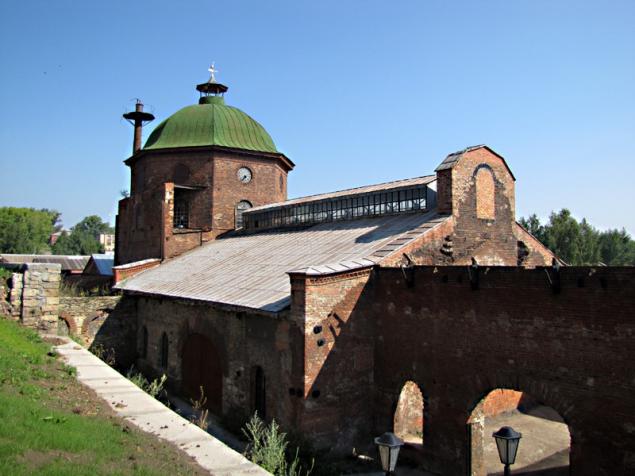
In Europe, survived the blast furnaces of the 18th century (German Balve) and even 17th (Swedish Engelsberg), in Russia, the oldest completely preserved blast furnace - it Severskaya blast furnace in Polevskoy (Sverdlovsk region), built in the 1840s. However, with two caveats:
1. Because of the technological gap, which Ural came in those years, it corresponds most boundary of 18-19 centuries, not least because the plant - water acting.
2. The blast furnace of this particular era so well preserved, there is nowhere else in the world.
Outwardly, it resembles a church:
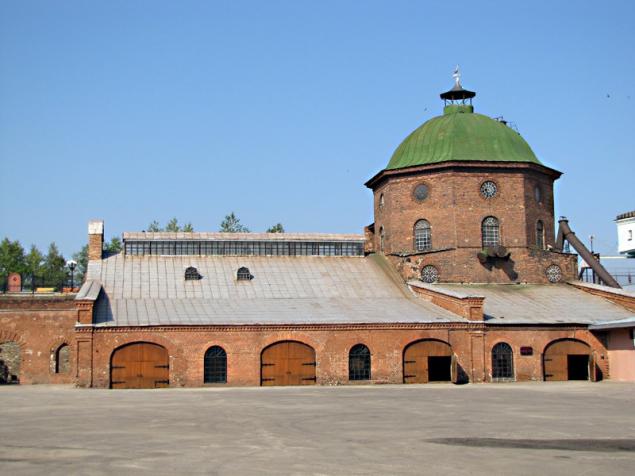
But it is necessary to understand that the blast furnace and blast furnace shop - not the same thing. Here it is simply too large, and therefore packaged in a brick building. The very same blast furnace at Seversky plant looks like:
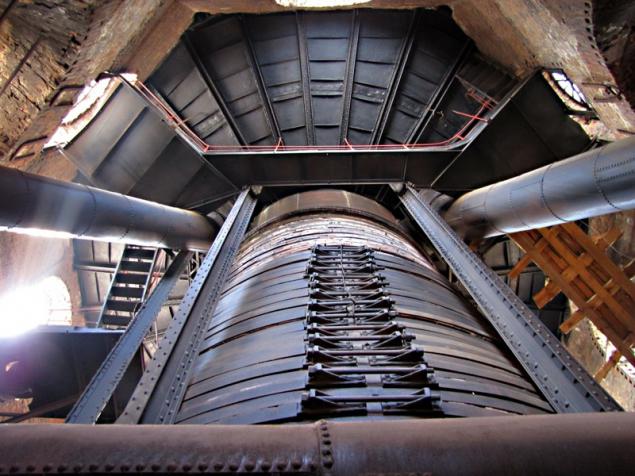
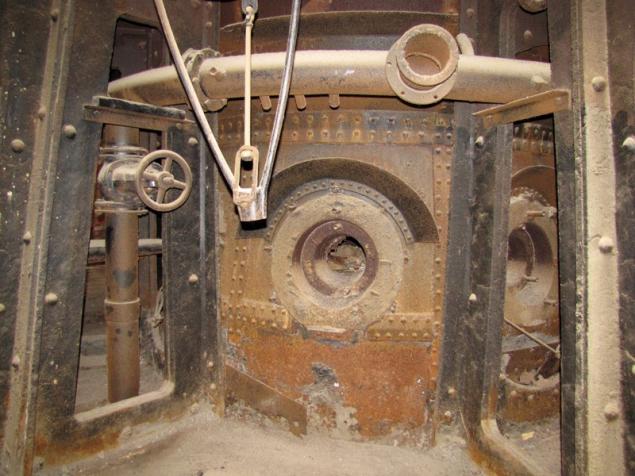
Oven surrounds the complex system of pipelines, which circulates hot gas. Same batch imported horse-drawn and threw over the top.
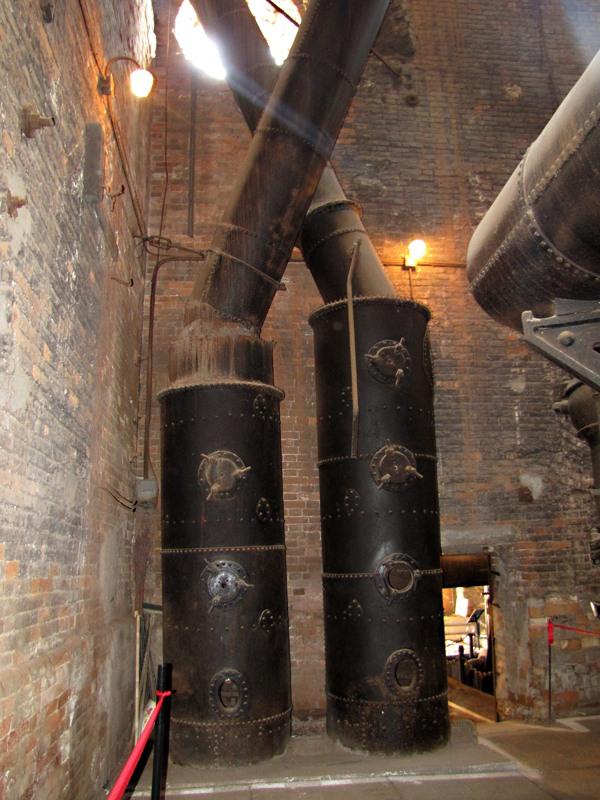
I can not believe it, but now this unique monument - a museum. And the museum Severskaya blast furnace began on the initiative of the current director of the plant Mikhail Zuev.

Much better in Russia and Ukraine are preserved blast furnaces 1890-1940-ies, which are scattered around the country, probably hundreds. Here Alapayevsk say the same of the Sverdlovsk region.
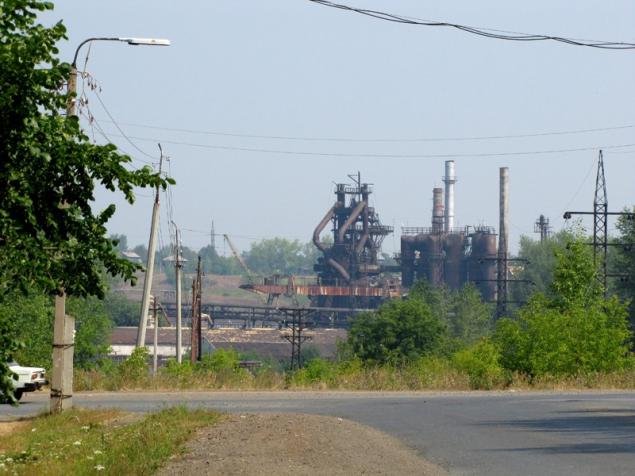
Or Beloretsk in Bashkortostan:
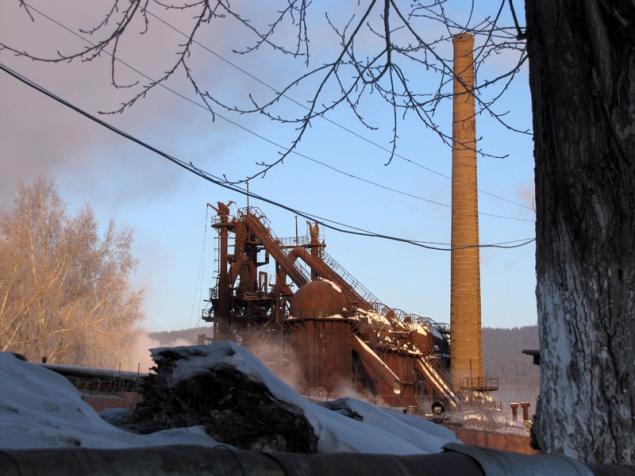
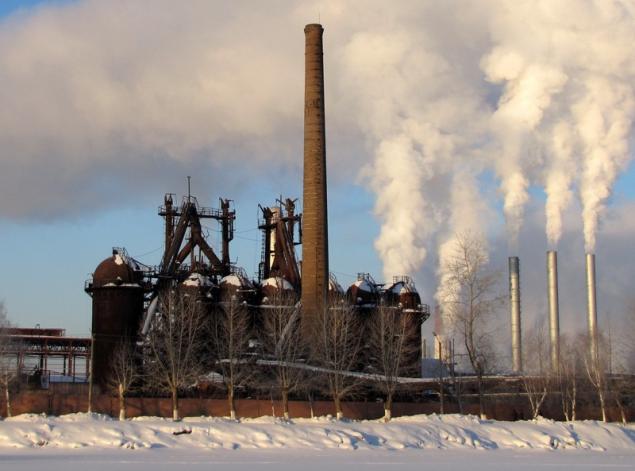
One of them, 1920-30 construction, also came to the museum - Old Demidov plant in Nizhny Tagil:
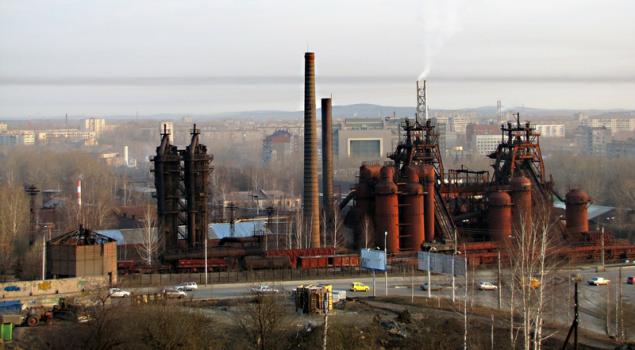
Very impressive gizmo! Although in comparison with the current blast furnaces Tagil Metallurgical Combine - toy:
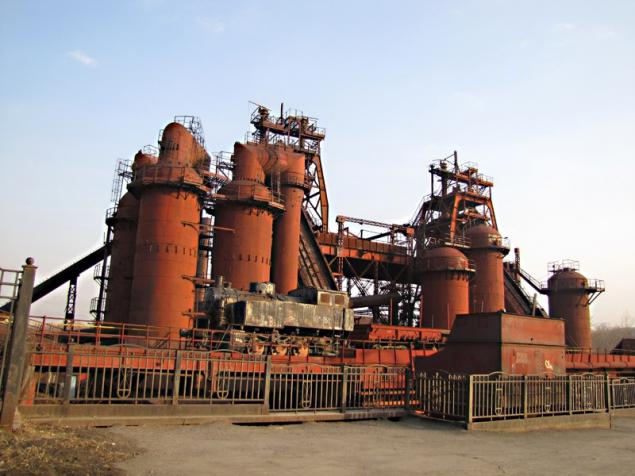
For blast furnace - the shop of the 18th century:


But Kosogorsky plant near Tula, who can contemplate a train on the way to the Crimea. Its blast furnace shop and look even rare than in Nizhny Tagil, but this is not a museum.

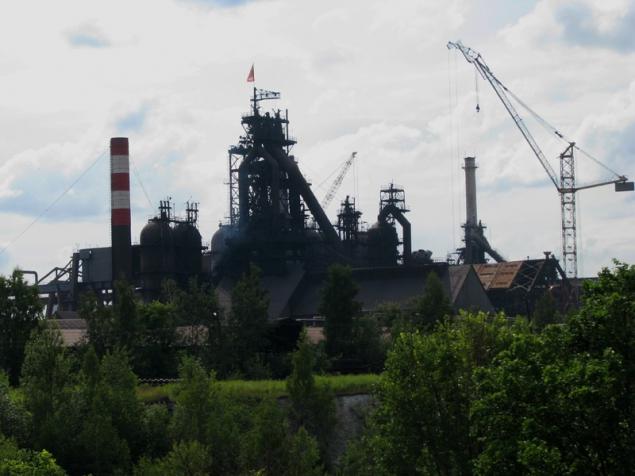
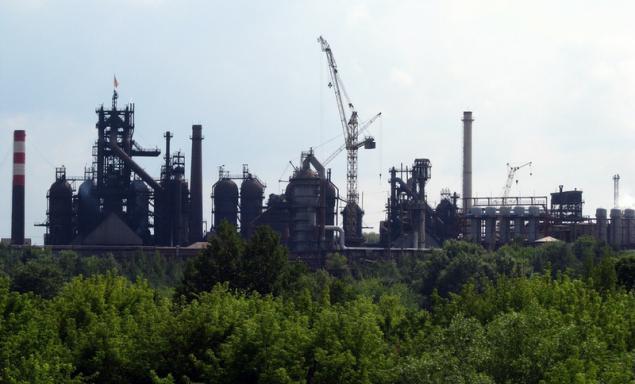
Legend Ukrainian metallurgy - Yenakievo. Why legend? Because it is perhaps the most backward and dirty metallurgical plant in Ukraine, and even the former USSR. On the pavement here, such a layer of soot, which traces remain.
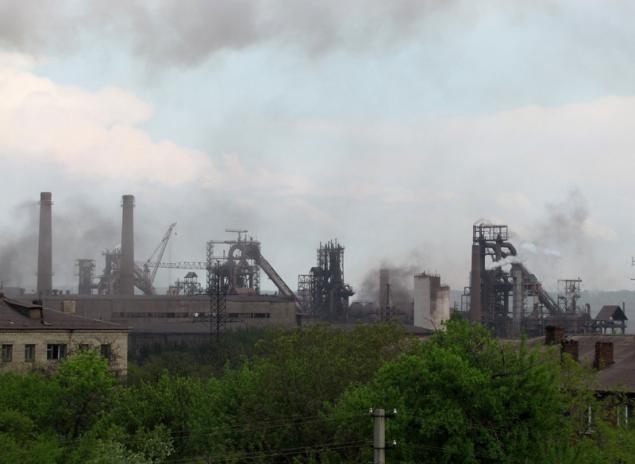
However, mostly smokes sinter plant, blast furnace and themselves then small:

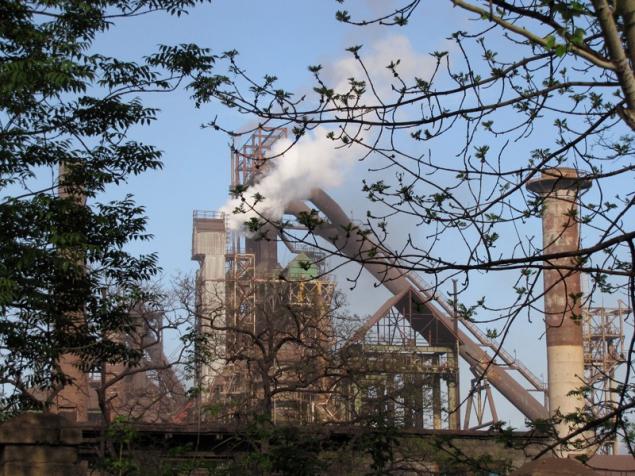
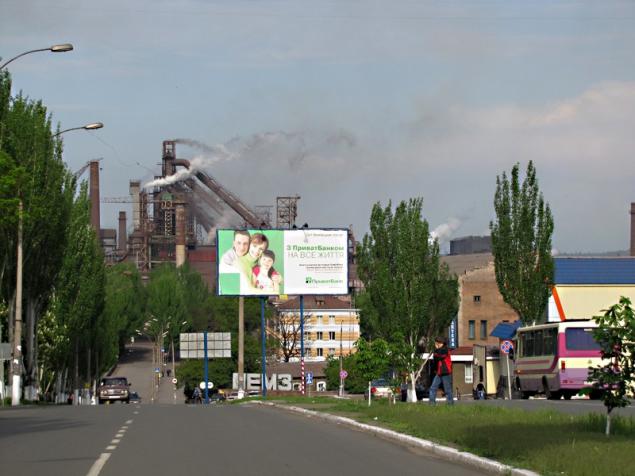
No less a legend - Ball near Dnepropetrovsk, local themselves call it Dneprodym:
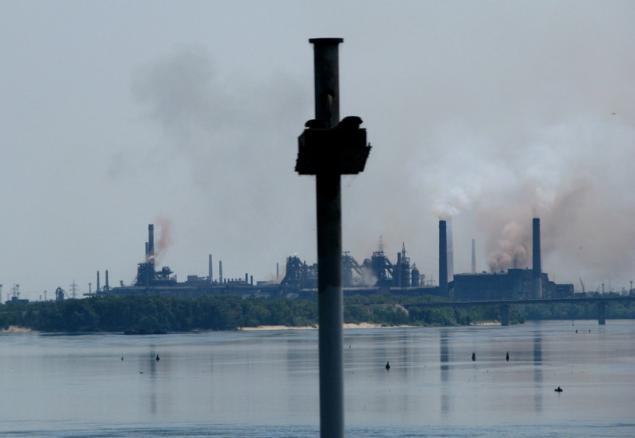
Here blast furnaces everywhere, or rather for them all roads lead. For example, Lenin Avenue train station:
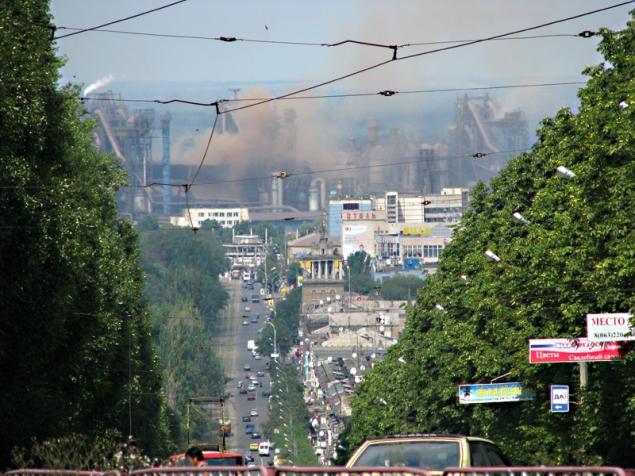
Or railway past sinter plant:
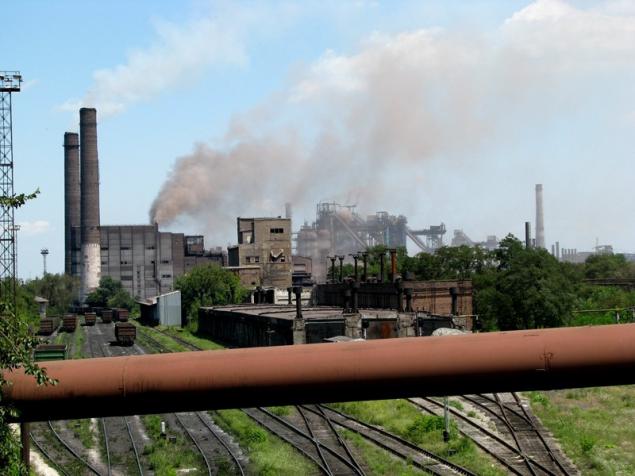
Church tower on the background of ovens:
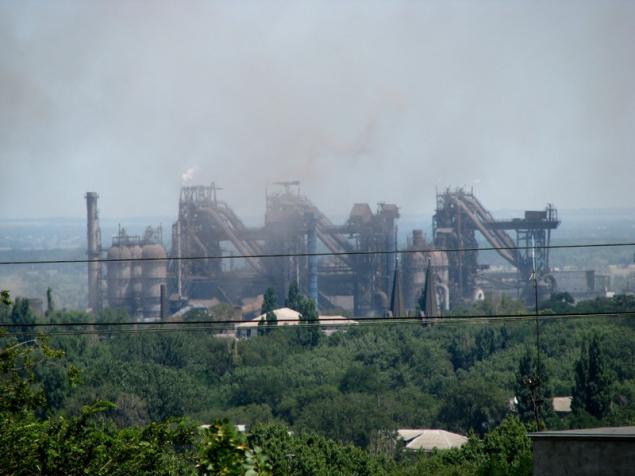
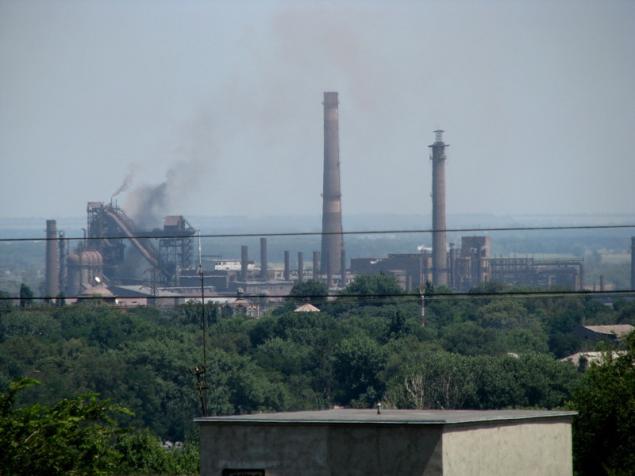
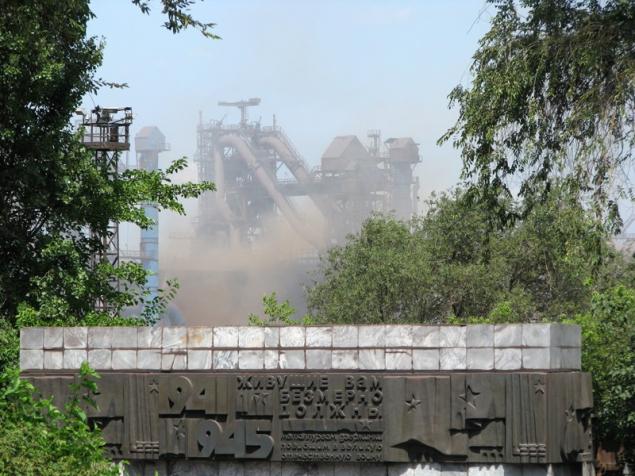
And this is Donetsk. Against a background of blast furnaces looks good expensive hotel.
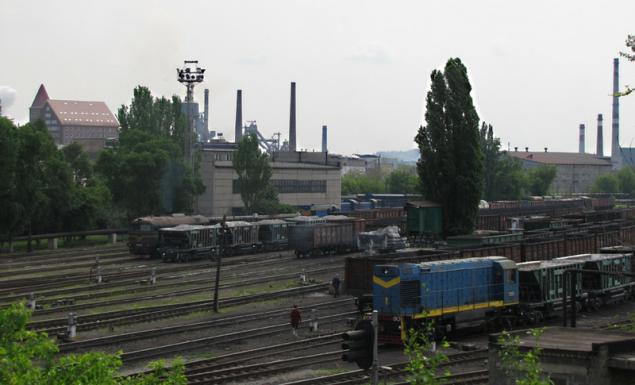
And Ignatius Church in Mariupol factory gates:
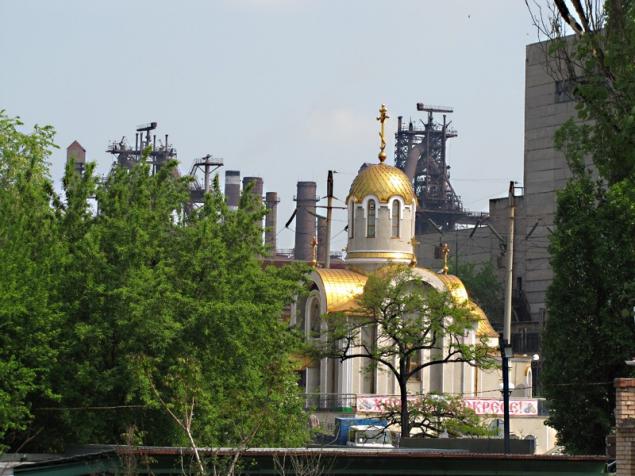
Zaporozhye. Although this city I remember perhaps the most spectacular views of the industrial zone ...
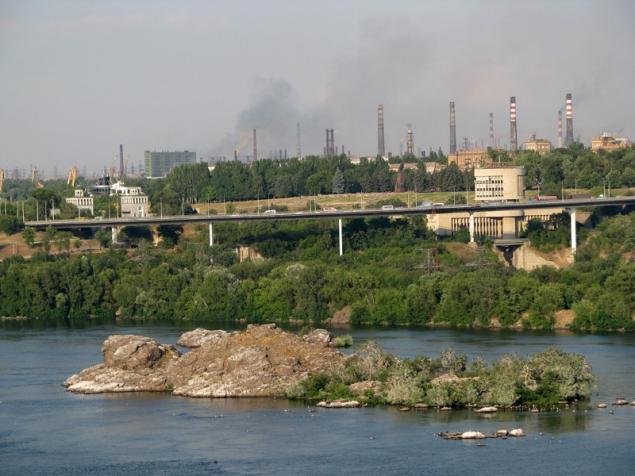
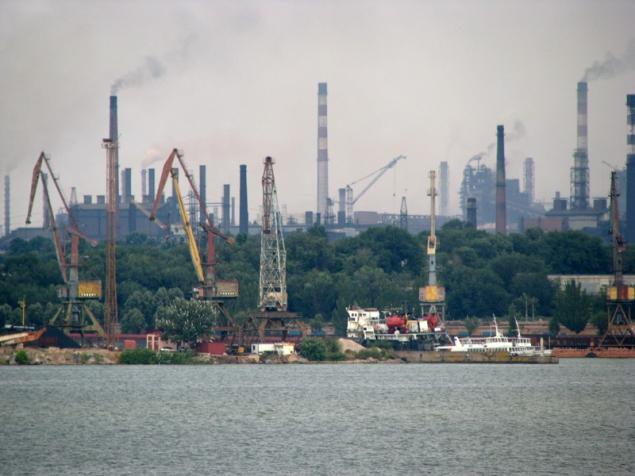
... It was a blast furnace remained mostly behind the scenes. Viewed somewhere in the woods near smoky concrete canopy:
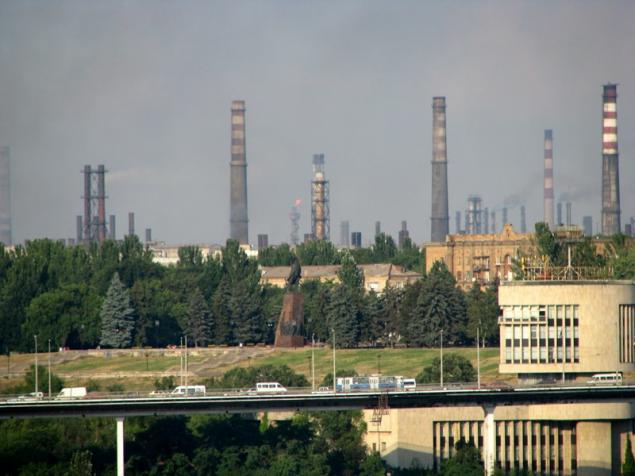
But the main temple gods of iron - is, of course, Mariupol!
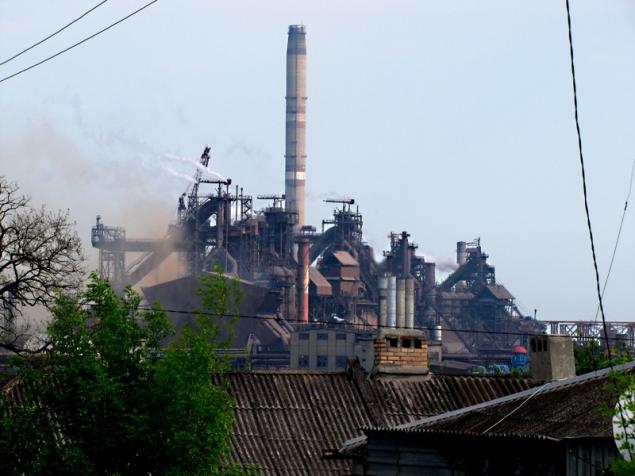
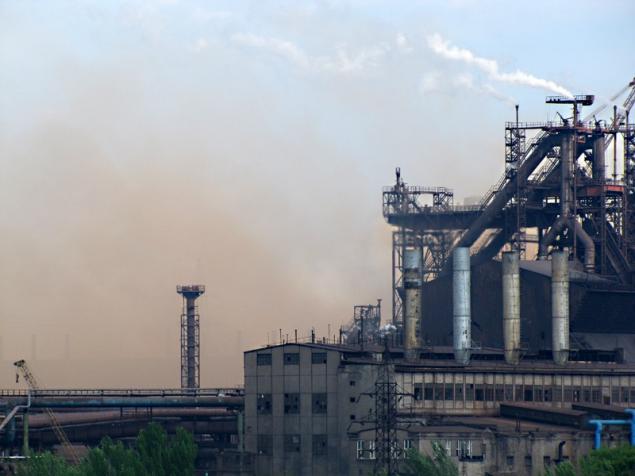
Martian tripods, galactic fortress robot Evangelion (anime there is one), the hellish furnace - associations may be infinitely many!

And only in Mariupol, you can see a picture - a blast furnace at the sea:
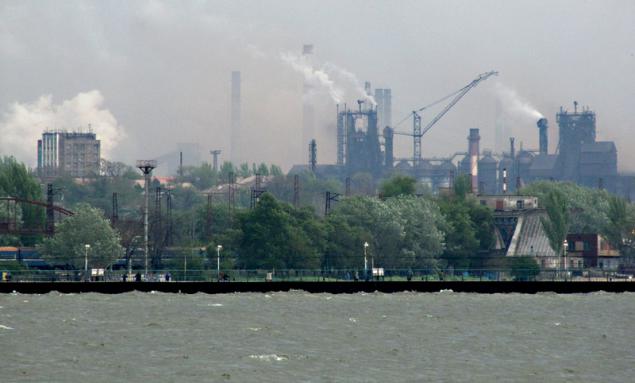
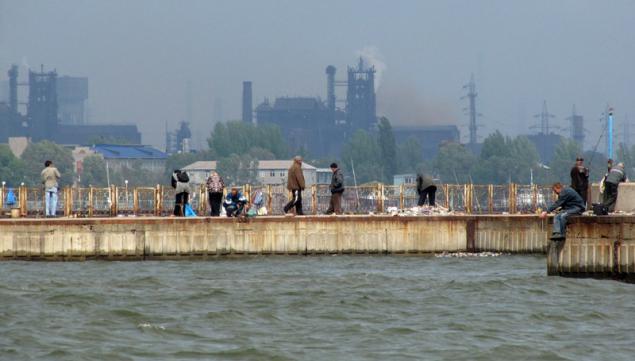
Yes, and not only by the sea - in fact two smelters here. If the last frame - "Iron & Steel Works" is - Plant Ilyich:
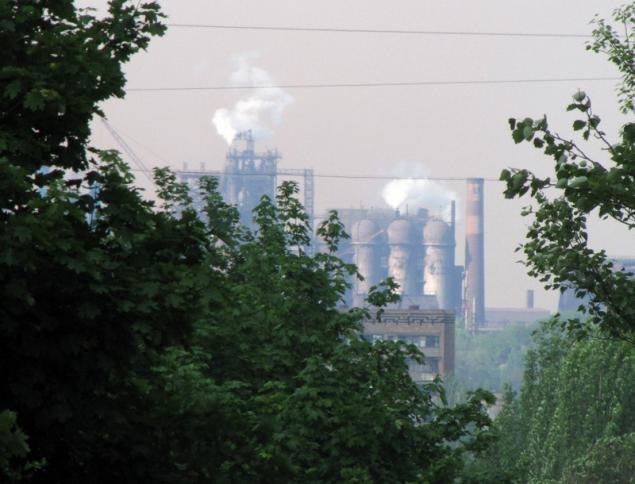
Still, most blast furnaces I remembered in Nizhny Tagil, where I watched the Iron and Steel Works with Fox Mountain, and for his pipe and fumes rose dawn. Steelmakers forged Sun:
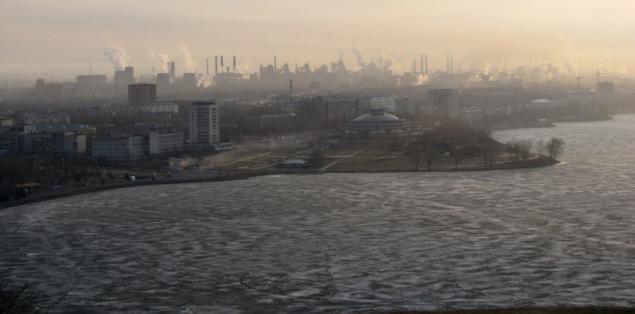
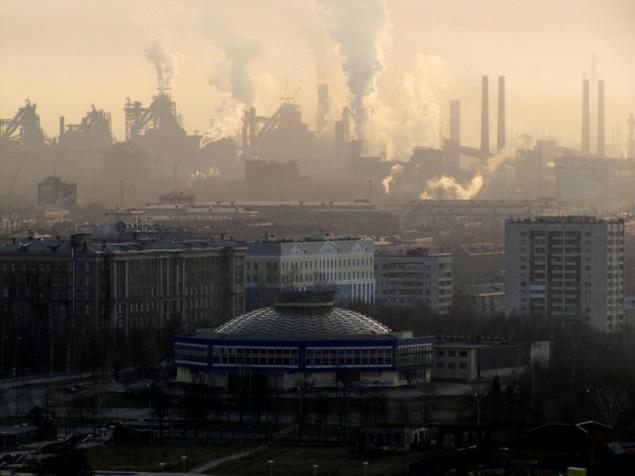

For me it is - really unearthly beauty. Without the quotes.

Actually blast furnace without any additional elements such as pipes looks like this:

(Two abandoned furnace next to the aluminum plant in Krasnoturinsk)

In fact, this pipe, as they say on Wikipedia - up to 35 meters, although the impressions they are much higher. They are used for the production of pig iron and ferro-alloys, and if the ore is highly rich - then for the final enrichment. Their method is simple: go to sleep on top of the charge (mixture of ore, coke and limestone), the hot gas is pumped from the bottom - in a blast furnace temperature reaches 2000 degrees. Continuous process of its work: to raskochegarit blast furnace mid-twentieth century (the heyday of these structures) is required to several months, and if you stop it in the process - in the image of "goat" unsuitable solid mass, which is also almost impossible to remove. Name - oddly enough, Russian: "dmene" - "blast". In civilized countries, with the exception of England and America (who also imperial ambitions) this barbaric term is not used, preferring to say "high oven».

In Europe, survived the blast furnaces of the 18th century (German Balve) and even 17th (Swedish Engelsberg), in Russia, the oldest completely preserved blast furnace - it Severskaya blast furnace in Polevskoy (Sverdlovsk region), built in the 1840s. However, with two caveats:
1. Because of the technological gap, which Ural came in those years, it corresponds most boundary of 18-19 centuries, not least because the plant - water acting.
2. The blast furnace of this particular era so well preserved, there is nowhere else in the world.
Outwardly, it resembles a church:

But it is necessary to understand that the blast furnace and blast furnace shop - not the same thing. Here it is simply too large, and therefore packaged in a brick building. The very same blast furnace at Seversky plant looks like:


Oven surrounds the complex system of pipelines, which circulates hot gas. Same batch imported horse-drawn and threw over the top.

I can not believe it, but now this unique monument - a museum. And the museum Severskaya blast furnace began on the initiative of the current director of the plant Mikhail Zuev.

Much better in Russia and Ukraine are preserved blast furnaces 1890-1940-ies, which are scattered around the country, probably hundreds. Here Alapayevsk say the same of the Sverdlovsk region.

Or Beloretsk in Bashkortostan:


One of them, 1920-30 construction, also came to the museum - Old Demidov plant in Nizhny Tagil:

Very impressive gizmo! Although in comparison with the current blast furnaces Tagil Metallurgical Combine - toy:

For blast furnace - the shop of the 18th century:


But Kosogorsky plant near Tula, who can contemplate a train on the way to the Crimea. Its blast furnace shop and look even rare than in Nizhny Tagil, but this is not a museum.



Legend Ukrainian metallurgy - Yenakievo. Why legend? Because it is perhaps the most backward and dirty metallurgical plant in Ukraine, and even the former USSR. On the pavement here, such a layer of soot, which traces remain.

However, mostly smokes sinter plant, blast furnace and themselves then small:



No less a legend - Ball near Dnepropetrovsk, local themselves call it Dneprodym:

Here blast furnaces everywhere, or rather for them all roads lead. For example, Lenin Avenue train station:

Or railway past sinter plant:

Church tower on the background of ovens:



And this is Donetsk. Against a background of blast furnaces looks good expensive hotel.

And Ignatius Church in Mariupol factory gates:

Zaporozhye. Although this city I remember perhaps the most spectacular views of the industrial zone ...


... It was a blast furnace remained mostly behind the scenes. Viewed somewhere in the woods near smoky concrete canopy:

But the main temple gods of iron - is, of course, Mariupol!


Martian tripods, galactic fortress robot Evangelion (anime there is one), the hellish furnace - associations may be infinitely many!

And only in Mariupol, you can see a picture - a blast furnace at the sea:


Yes, and not only by the sea - in fact two smelters here. If the last frame - "Iron & Steel Works" is - Plant Ilyich:

Still, most blast furnaces I remembered in Nizhny Tagil, where I watched the Iron and Steel Works with Fox Mountain, and for his pipe and fumes rose dawn. Steelmakers forged Sun:



For me it is - really unearthly beauty. Without the quotes.


